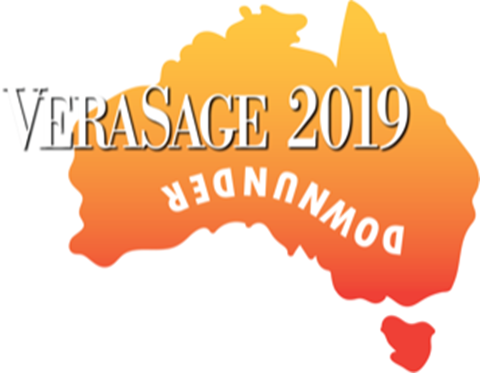What a GREAT Free-Rider Friday! Ed and Ron cruised through the most interesting news and topics that caught their attention this past week.
Here are Ed’s Topics…
“What That Giant Asteroid of Gold Would Really Do to the Economy,” FEE, July 10, 2019, by David Youngberg.
“Disruptive trends that will transform the auto industry,” McKinsey & Company. And according to Zuora, founded by Tien Tzuo (Episode #230), every major auto company has launched a subscription program. Porsche reports that 80% of its subscribers are completely new to the brand. Volvo plans to have one-half The of its automobiles on subscriptions by 2025. The worldwide market for automobile subscriptions is expected to be $1.5 trillion worldwide by 2030!
“The Overuse of Mathematics in Economics,” FEE, June 17, 2019, by Luka Nicolic.
“Efficiency or Deficiency?,” Grace Marshall, July 12, 2019.
From TSOE listener Daniel D’Alto, The Origins of the Cubicle.
“The Costs of a Cup of Coffee,” Political Calculations, July 19, 2019.
And Here are Ron’s Topics…
“Uber is testing an all-in-one subscription for rides, food delivery, bikes, and scooters,” The Verge, July 23, 2019, by Andrew J. Hawkins.
“Unintended, uh, whatever, man,” The Economist, July 13, 2019.
“New ways of selling books clash with France’s old pricing rules,” The Economist, July 6, 2019.
“Ball-game theory, The Economist, July 13, 2019.
The AICPA’s PCPS 2018 Survey of 1,910 CPA firms reports a declining use of hourly pricing and an “increasing use of value pricing and “value billing” [whatever that is?] and fixed pricing.” Depending on size, the percentage of firms report anywhere from 15-50% of revenue is now derived from value pricing or “value billing.” Hourly billing is between 59-80%, so we still have a long way to go. Fixed pricing is from 20-30%. Take these surveys with a grain of salt, since they are non-random and contain errors in reporting, interpretation of meaning, etc. But they do give us a vector of what is happening, and it is clear that hourly billing is waning.











